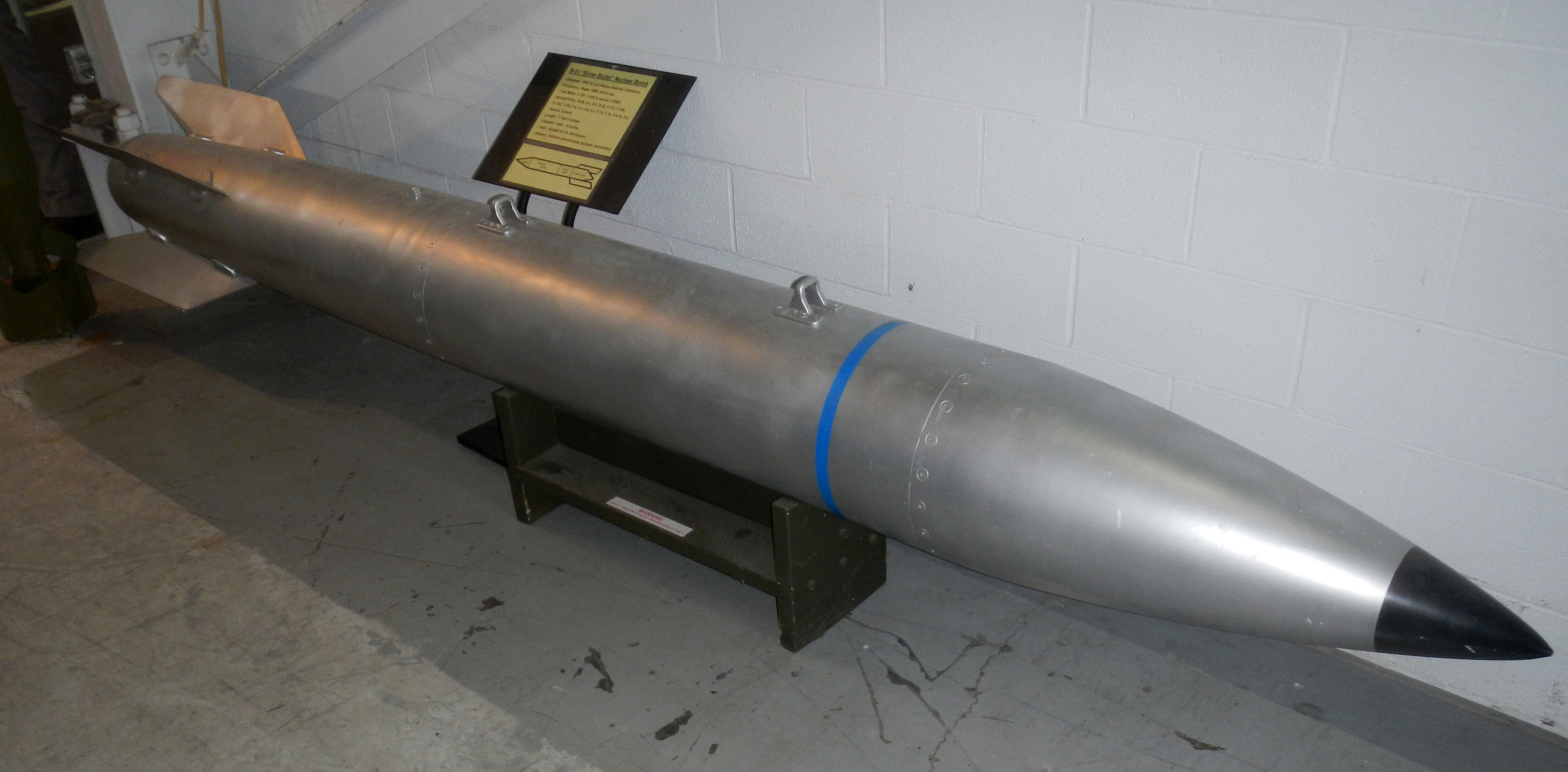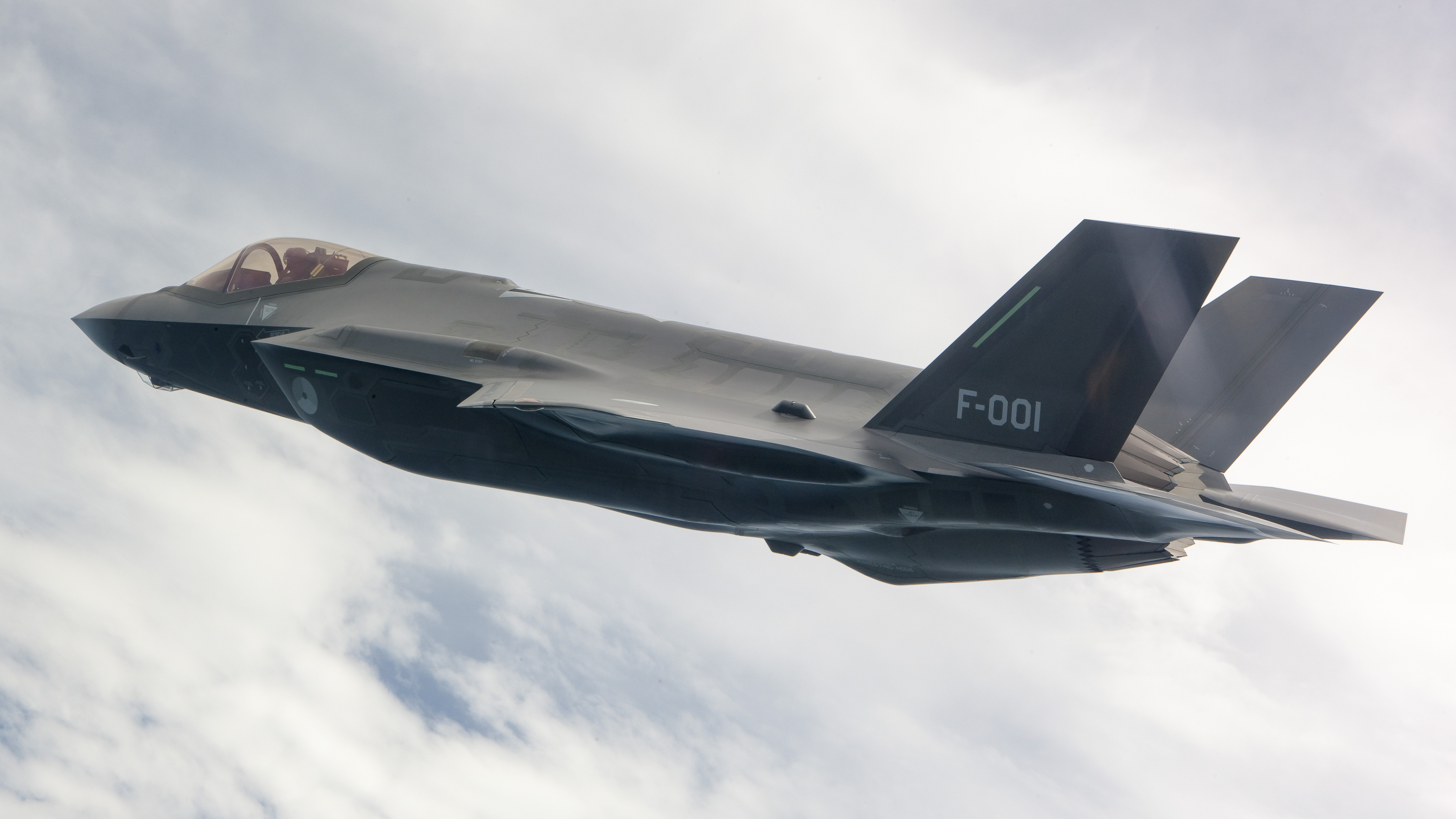US aerospace giant Lockheed Martin is set to integrate the fifth-generation F-35 stealth fighter jets with a tactical nuclear weapon under the latest Block 4 upgrade, according to reports.
In November, The EurAsian Times reported that the US’ F-35A Lightning II had been successfully flight-tested with the B61-12 nuclear bomb at Sandia National Laboratories’ Tonopah Test Range, Nevada.
The forthcoming upgrade that includes a host of modifications aimed at improving the F-35’s performances, will arm the fighter jet with the B-61 Mod 12 nuclear gravity bomb.
These new additions will boost the combat capability of the frontline F-35 fighters to use their stealth technology to penetrate hostile airspace without any warning, and deliver nuclear weapons.
Considered the most sought-after fighter jet on the planet, the single-seat, single-engine, all-weather multirole F-35 fighter is already in service with nine countries and boasts the ability to perform an array of roles, including air superiority and strike missions.

Developed after the introduction of the F-22 Raptor, the fighter can carry out electronic warfare and intelligence, surveillance, and reconnaissance missions.
The fighter, which has already undergone a 20-year design and development effort under Lockheed Martin, will be provided with a series of upgrades in order to keep the aircraft ready for the next decade or two.
There are a host of new weapons systems that are due to be integrated under the Block 4 upgrades that will significantly increase the fighter jet’s maritime strike, air-to-ground, and air-to-air combat capabilities.
Among the weapons to be integrated is the GBU-54/B Stormbreaker, also called Small Diameter Bomb II. Developed by American weapons manufacturer Raytheon, the 208-pound Stormbreaker is very similar to the GPS-guided GBU-39 SDB I already integrated with the F-35.
With the Stormbreaker being only six to seven inches in diameter, around eight such bombs can be fitted inside the F-35’s confined internal weapon bays.
Apart from the Stormbreaker, Block 4 upgrade will also pave way for the introduction of the AGM-154 JSOW-C1, which is a larger thousand-pound glide bomb.
It will come with a datalink and infrared seeker for terminal guidance designed to penetrate and destroy moving maritime targets up to seventy miles away when released at high altitude.
Among the weapons under Block 4 upgrade, the B-61 Mod 12 nuclear gravity bomb is the most lethal. The bomb, which is the upgraded version of the B61 nuclear bomb, has tail fins that can adjust its trajectory to strike on average within 30 meters of a designated GPS coordinate.

The bomb has a selectable yield between .3 and 50 kilotons and possesses bunker-penetration capabilities.
This deadly mix of both precision and penetration means that it could threaten an adversary’s leadership, command and control facilities, along with the hardened missile launch sites.

With different nations operating the F-35 fighters, the Block 4 upgrade is expected to include the integration of country-specific weapons as requested by foreign F-35 operators.
According to the guidelines laid down in the NATO agreement, the US B-61 nuclear bombs will also be available for deployment on fellow NATO nations operating the F-35s.
Apart from these features, the Block 4 will contain modifications that have been structured in a manner so that the F-35 fighter can adapt to future warfare.
The upgrades are likely to enhance the fighter’s abilities so that it can function well at a time when the US begins introducing the planned sixth-generation fighter jet as well as the stealth drones like the B-21 Raiders.
As per the reports, the Block 4 will equip the modern stealth fighters with faster computers, more missiles, panoramic cockpit display, longer ranges, and AI-flown wingmen.
This will, in turn, enable the pilots of the aircraft to become even more aware of their surroundings during missions so that they can draw data from different sources to derive the correct attack plans against enemies.
The new onboard computer on F-35 can gather, organize, analyze and display data on a single screen for pilots.
Under Block 4, the fighter will take another step further towards Joint All Domain Command and Control (JADC2), which will put even more tactical emphasis upon the warplane’s information transmitting systems.
 A concept of the US Department of Defense, the JADC2 aims to connect sensors from all of the military services —Air Force, Army, Marine Corps, Navy, and Space Force—into a single network.
A concept of the US Department of Defense, the JADC2 aims to connect sensors from all of the military services —Air Force, Army, Marine Corps, Navy, and Space Force—into a single network.
“The JADC2 technology demonstrations and new innovations are inspiring the military services to ‘reprioritize’ software upgrades to the F-35,” according to US Air Force’s Director of the F-35 Integration Office, Brigadier General David Abba.
Follow EurAsian Times on Google News




